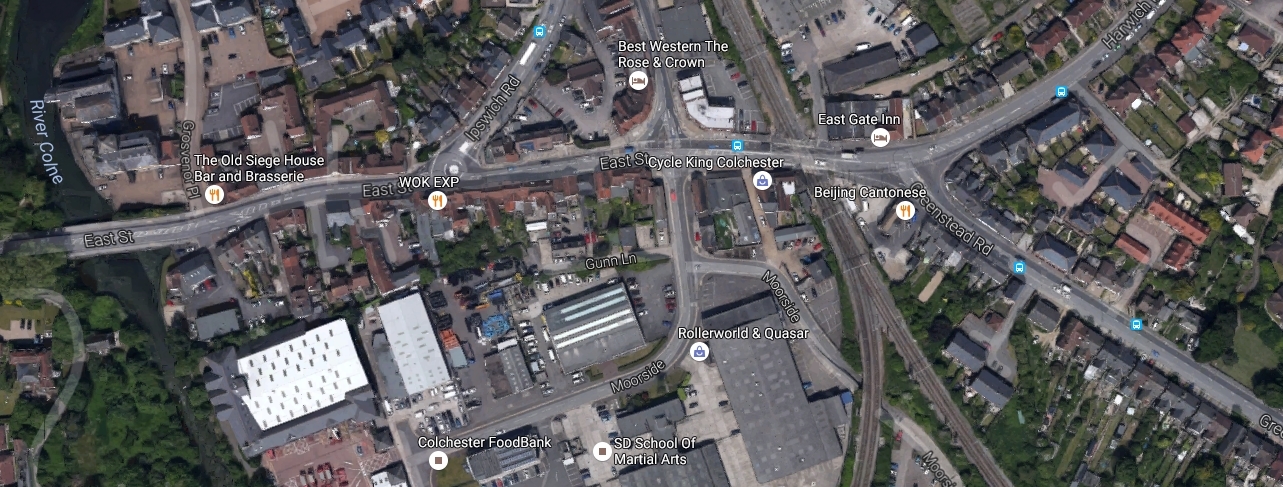I'm not trying to be argumentative, I promise. I'm not saying that certain LCs will close (although I believe that eventually, they all will). I'm just saying that they can be closed.
For comparison, Ely Station LC is on a very busy A road, next to a river (and appalling ground conditions as a result), right next to a busy junction, a supermarket, an industrial complex, and the station itself. That will close in about 2 years. It's costing the thick end of £40m, but it can be done. Much harder than Omnibury.
--- old post above --- --- new post below ---
Clay Mills: bridge 400m to the north, new access road to A5121 on west of railway, new road to sewage works parallel to the line on east. Cost about £15m
Hatton: bypass village to east, new bridge over river and railway, tie in to Tutbury bypass. Ramped footbridge on site of existing crossing. Similar principle to Ely, but easier. £30m.
Scropton: bridge 300m to the west, link to Lethersley Lane. £10m. Or buy the farm(s) and abandon them so no one needs to use the crossings. Might be cheaper.
These are all my own thoughts, having spent 5 mins looking at the map; and definitely not that of any railway organisation. They would all be expensive, obviously. But then when a highway LC renewal costs the wrong side of £2m every 30 years (sometimes much more when extra signalling is required) and costs another hefty sum to run each year in power, maintenance, repair, delays, risk assessment, and (unfortunately) accidents, the maths does work in a surprising number of cases, particularly if it relieves road traffic congestion as well. However there isn't that much money around.



